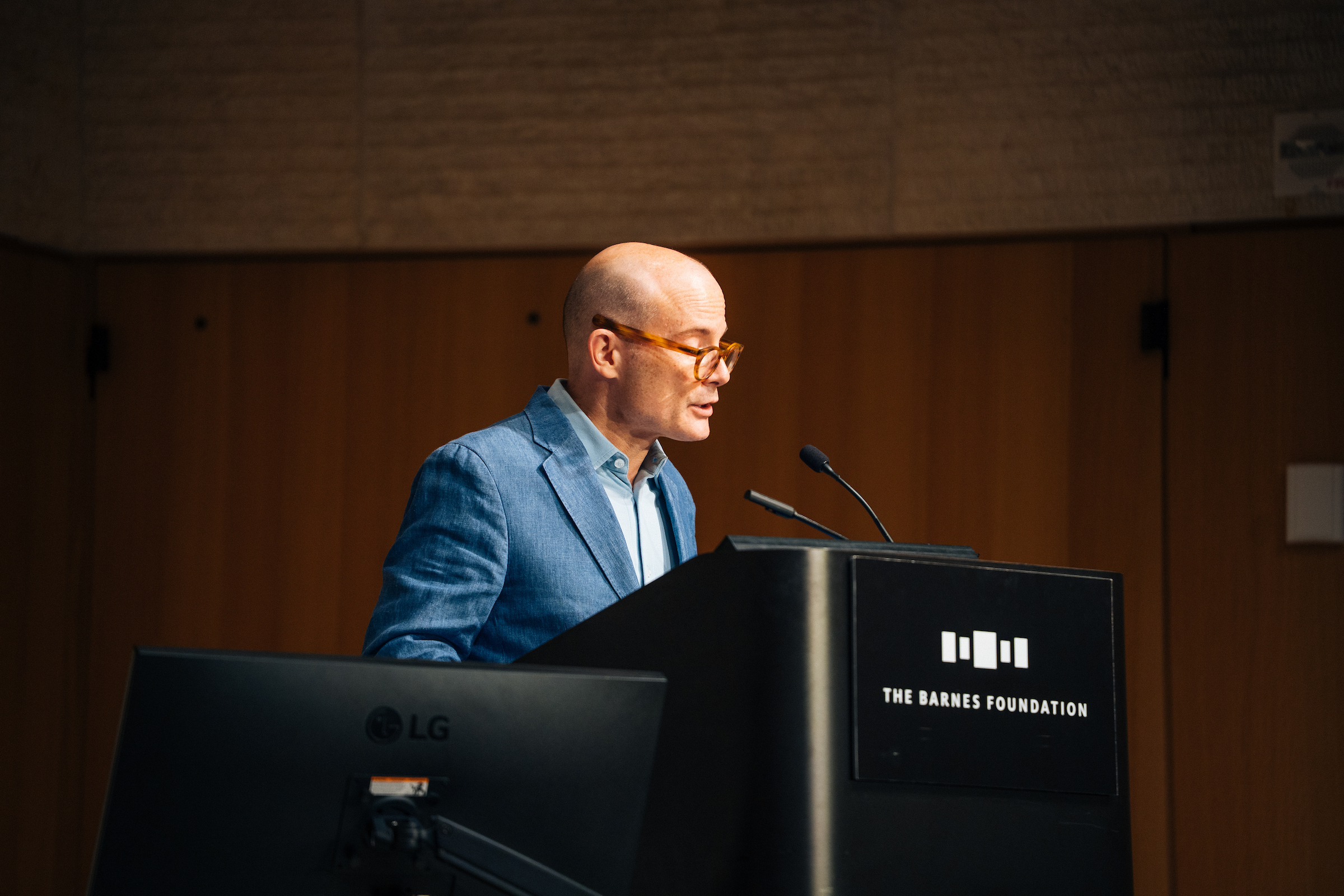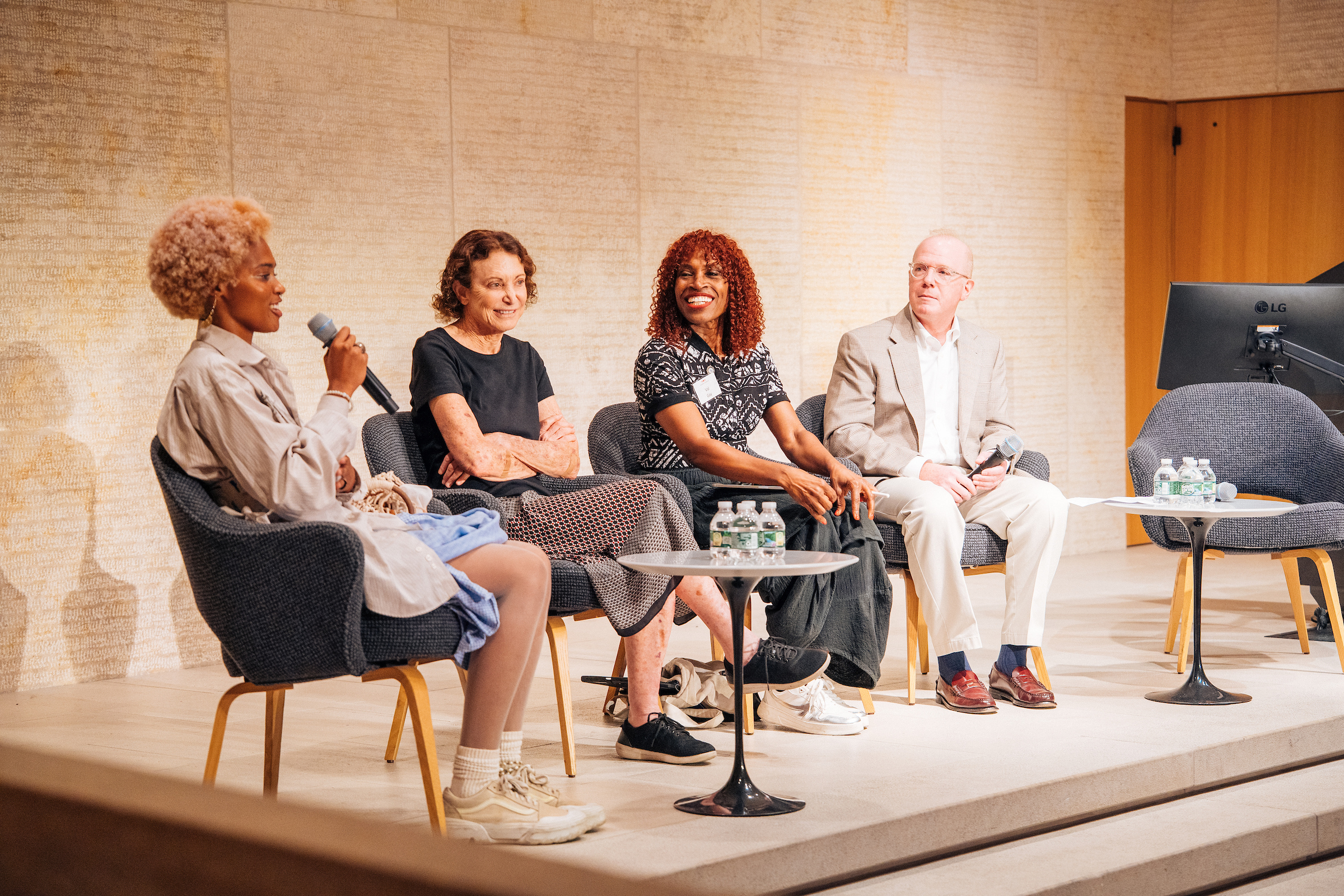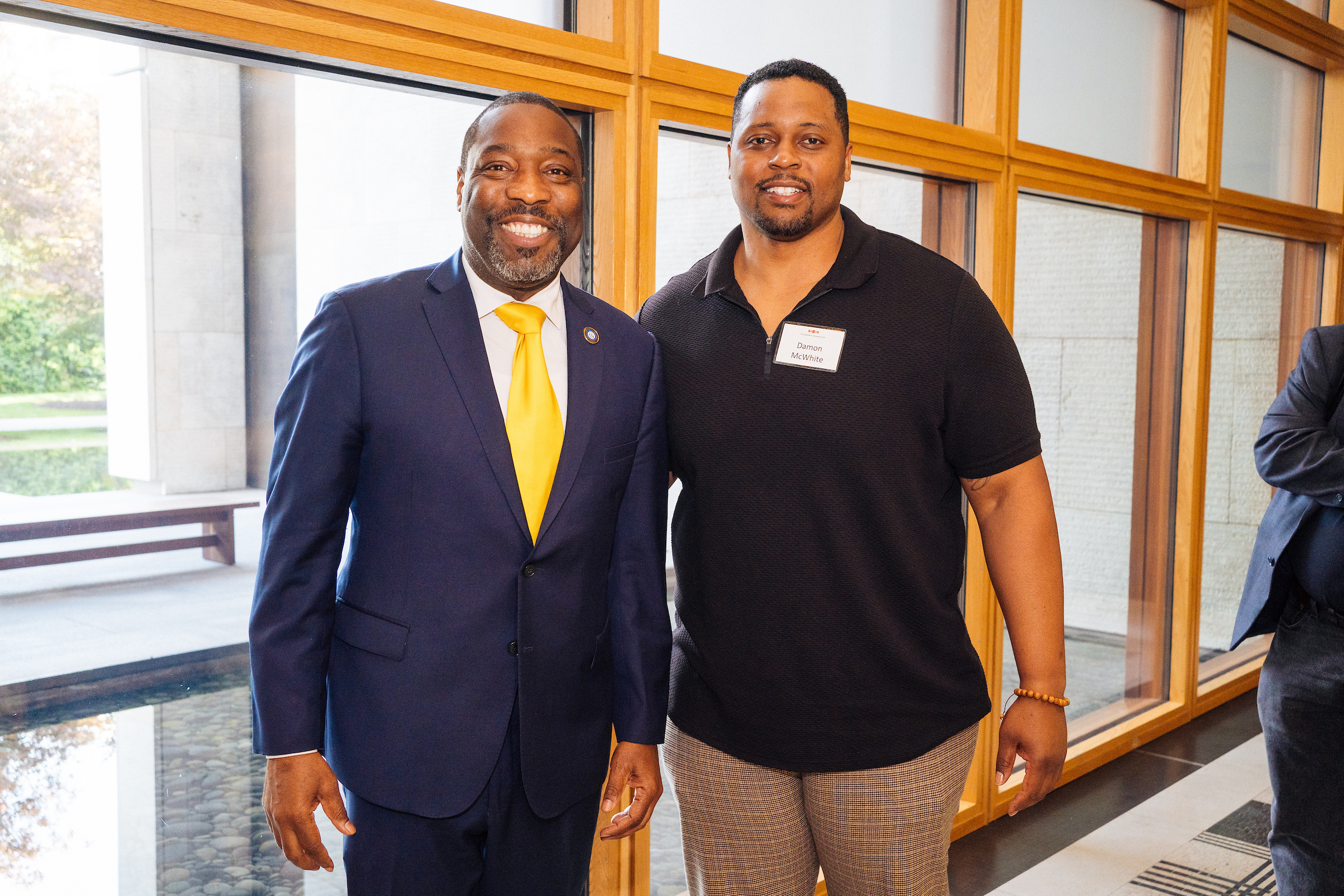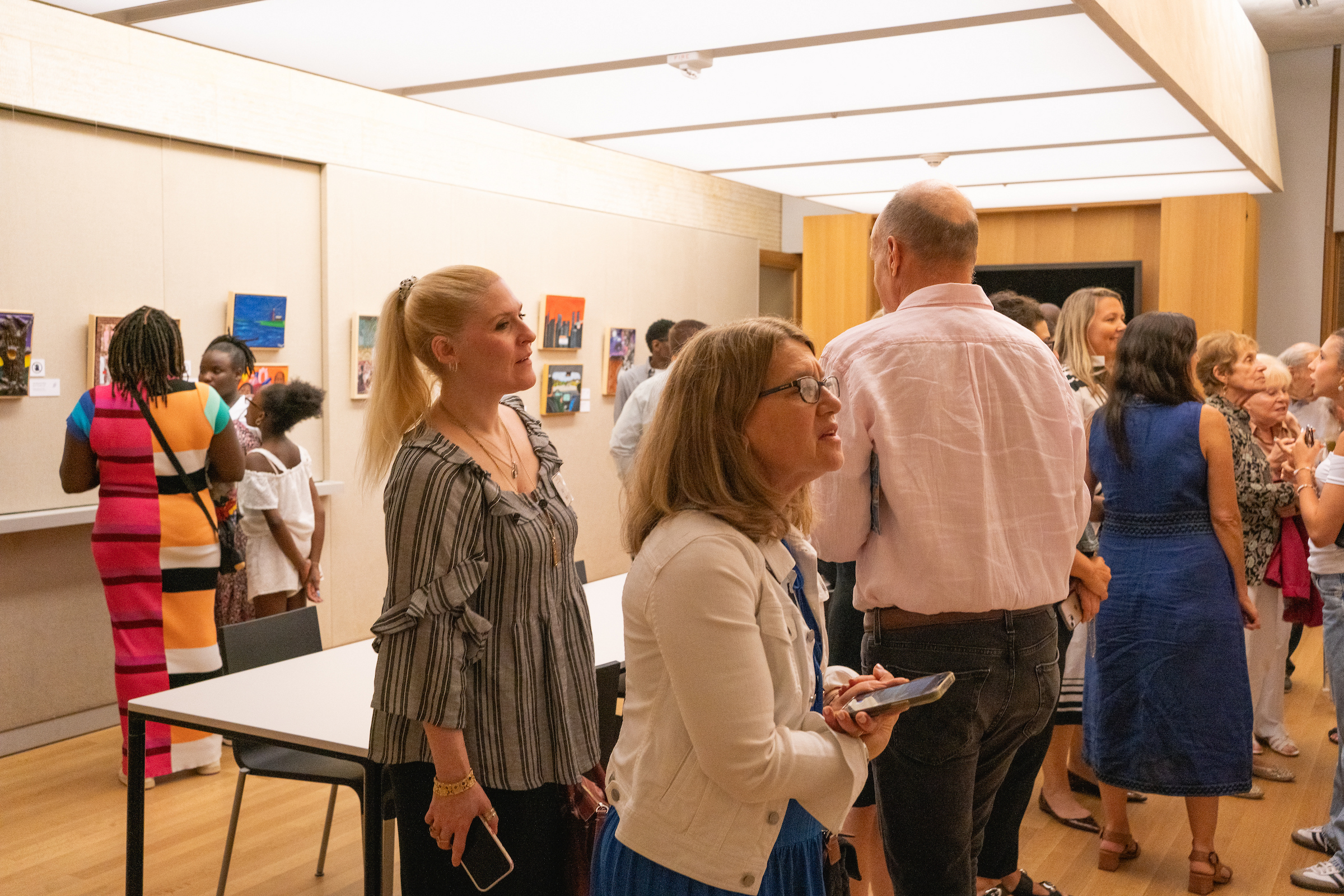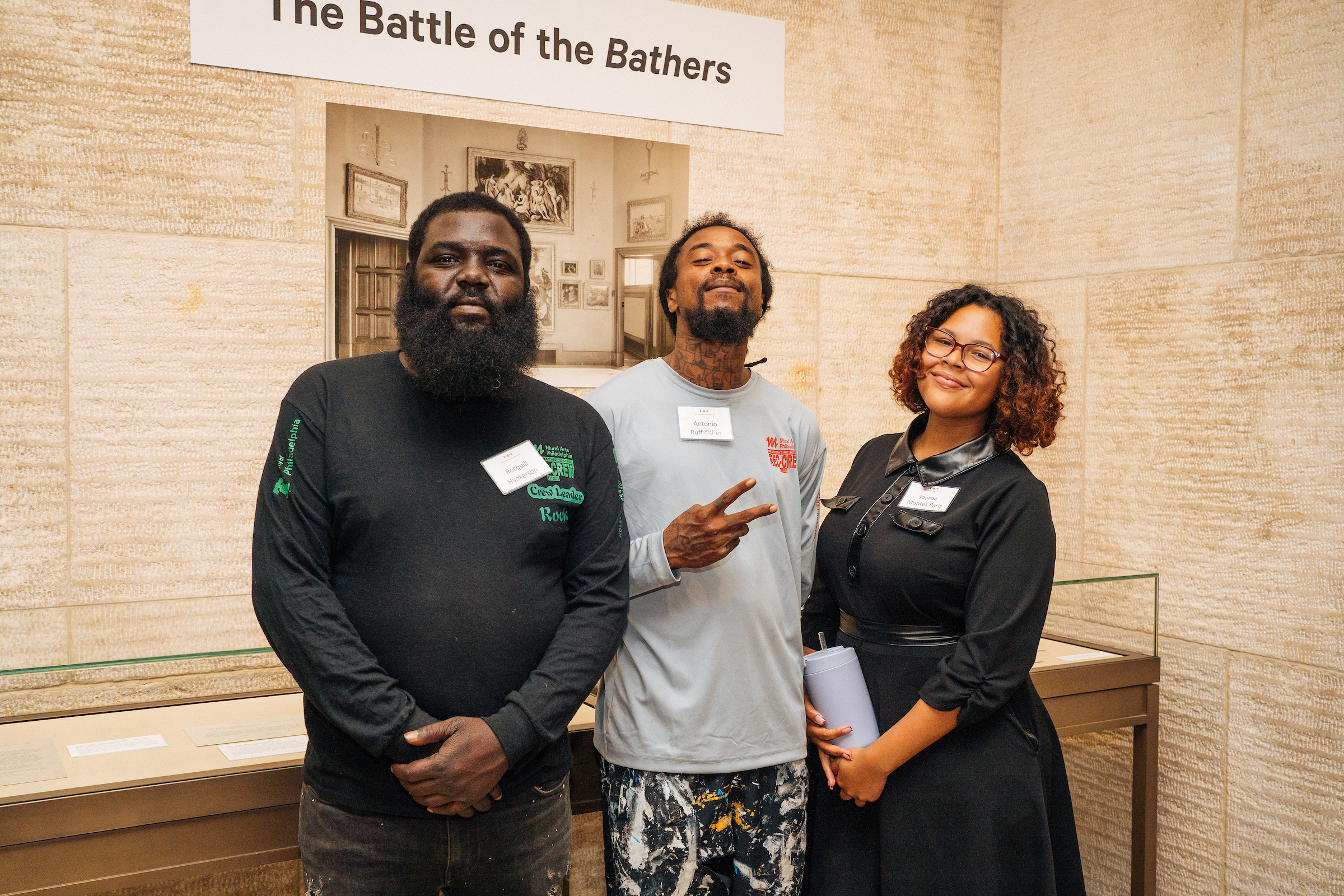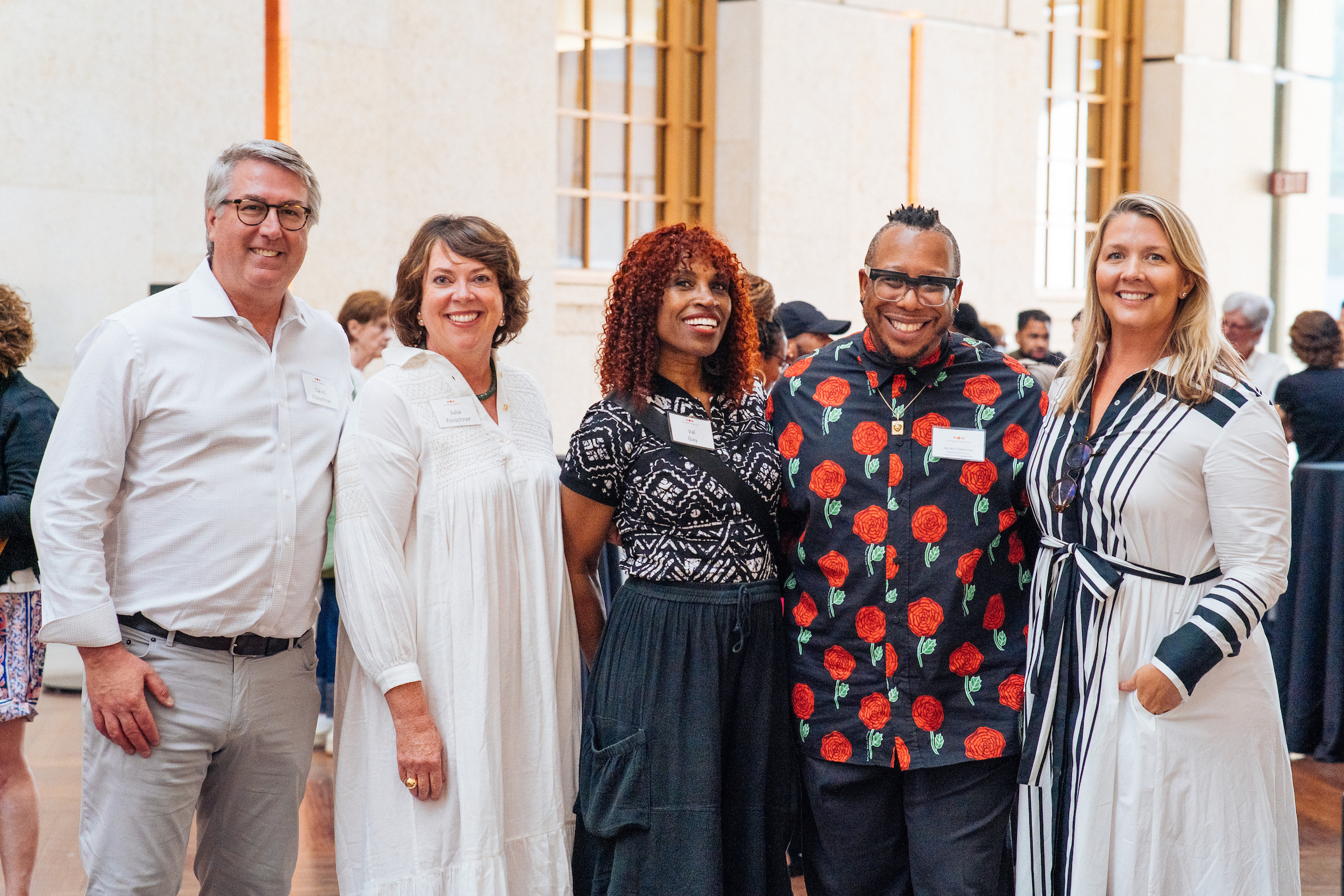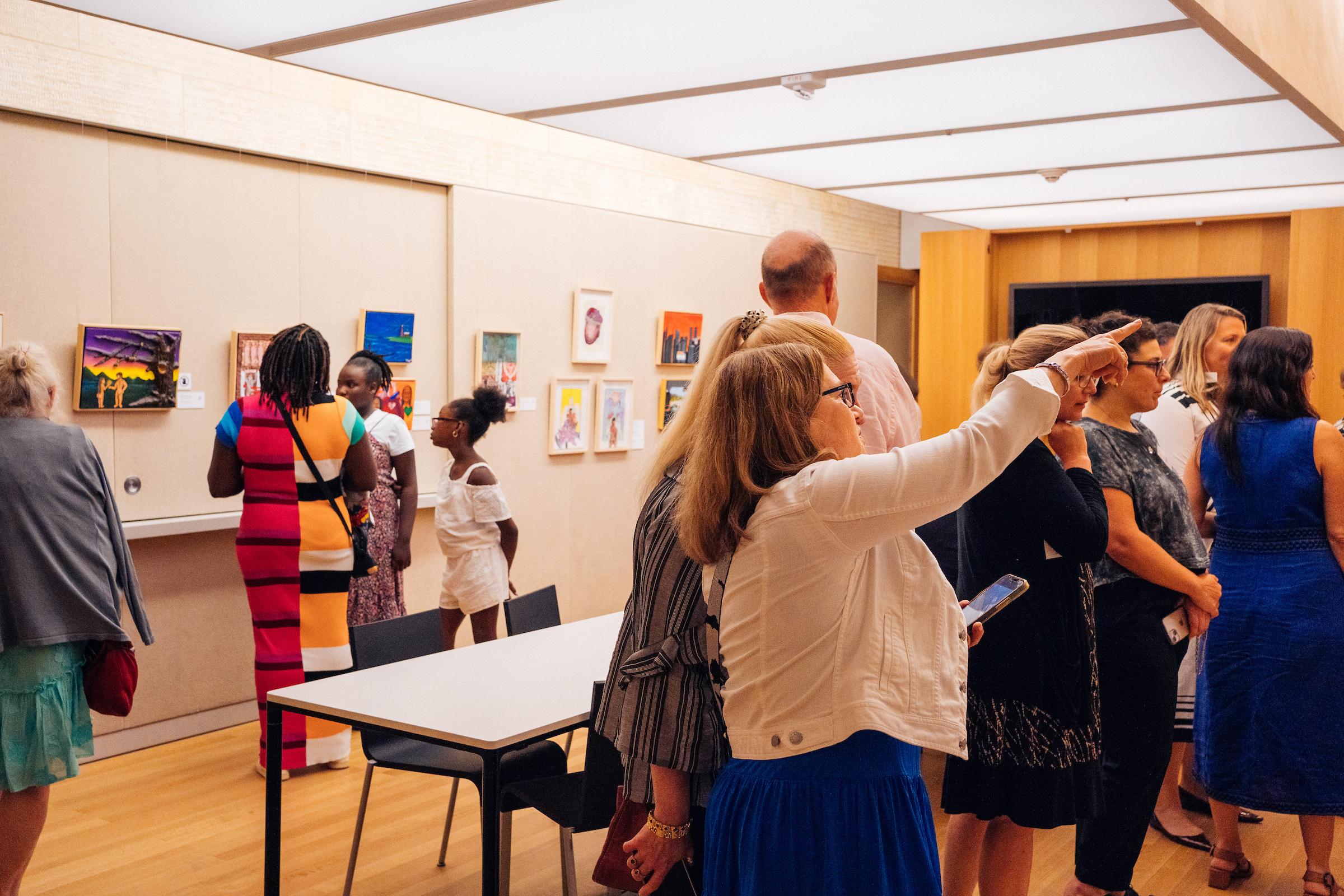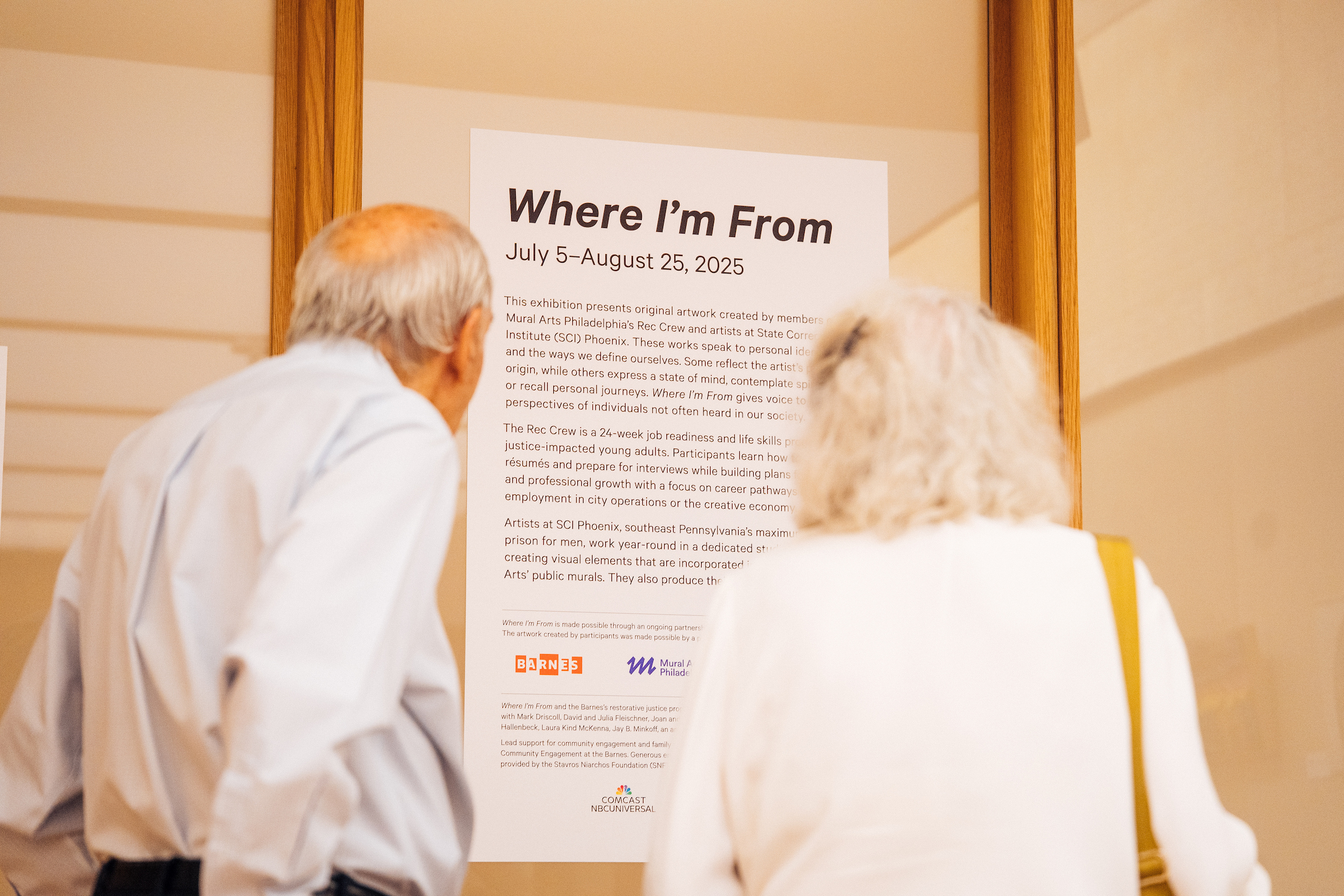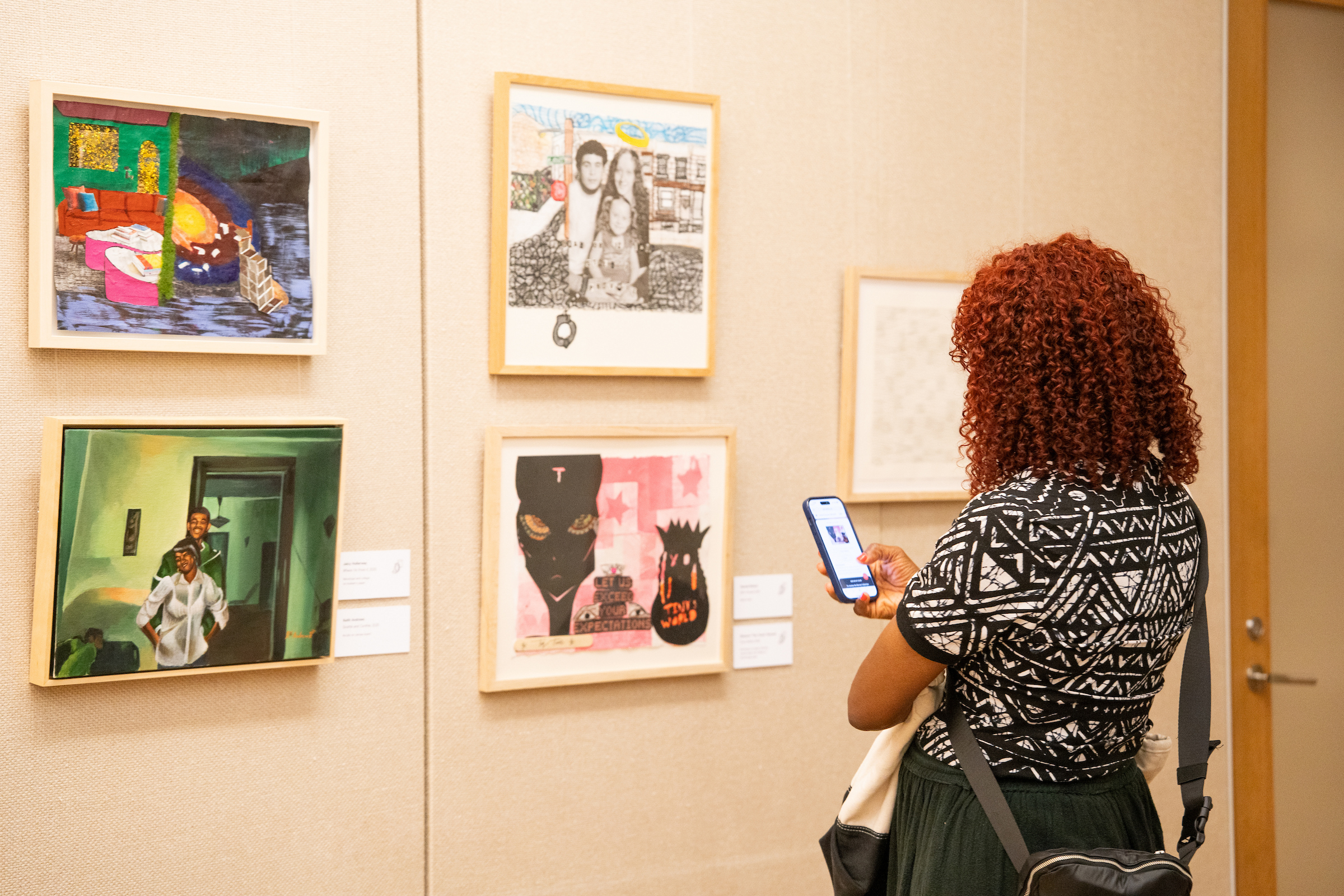Where We Found Them Again
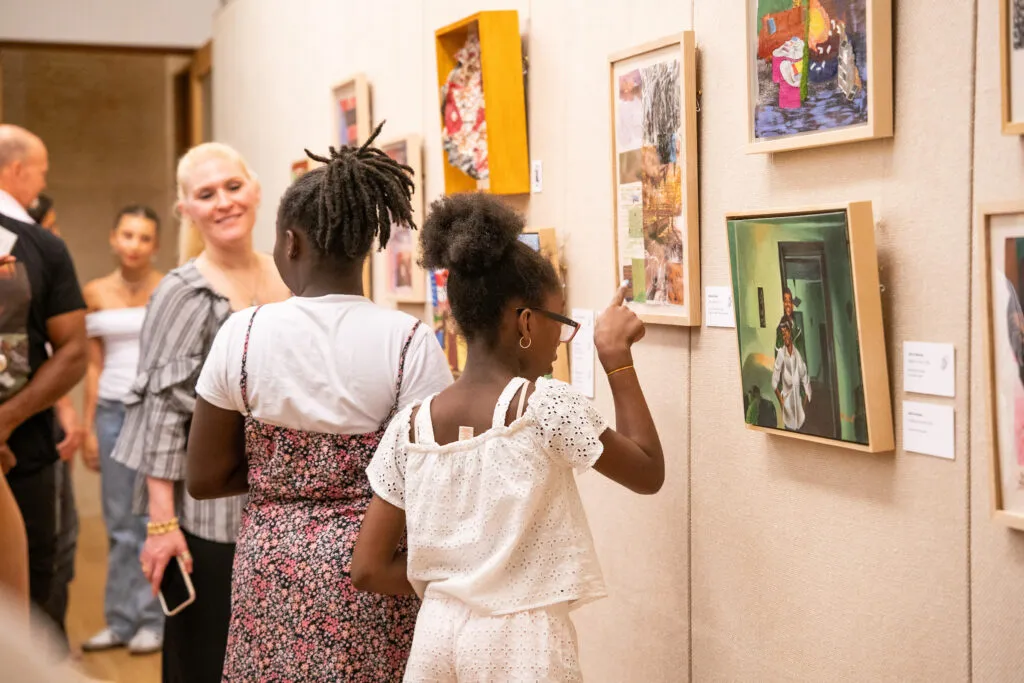
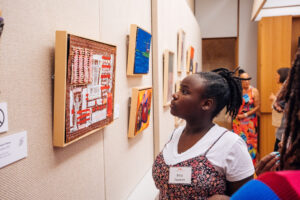
There’s a quiet kind of power in art made behind walls. At the Where I’m From exhibition on display at the Barnes Foundation, that power doesn’t just whisper, it echoes.
When I stepped into the modest gallery, I wasn’t sure what to expect. But what I found there wasn’t just art, it was memory. It was longing. It was love that had to stretch across years, wire, and concrete. It was freedom, painted in acrylic that hasn’t touched sunlight in years.
The exhibition, Where I’m From, is a collaboration by Mural Arts Philadelphia and The Barnes Foundation. It will be on display at The Barnes through August 25 in the second-floor classroom of the Collection Gallery. Free with admission to the museum.
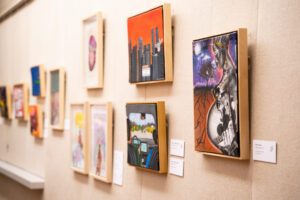
These art pieces, created by individuals incarcerated at SCI Phoenix and participants in the Mural Arts Guild program, aren’t just visual stories. They’re vessels. They carry grief and imagination, heartbreak and resistance. One piece in particular that stopped me cold was a portrait of a pregnant woman, her rounded belly filled not only with flesh and promise, but with torn pieces of newspaper. Headlines and fragments reading “Africa,” “North Philly,” and depictions of enslaved people in chains were collaged inside her womb. It was a haunting blend of history, geography, and inherited pain. She wasn’t just carrying a child; she was carrying the weight of centuries. It made me think about what it means to be born into struggle, into systemic memory, into a name that’s already been marked before you even take your first breath. This image wasn’t just about motherhood, but about legacy. About how trauma can be passed through generations, not only by blood, but in the very stories we’re born inside of.
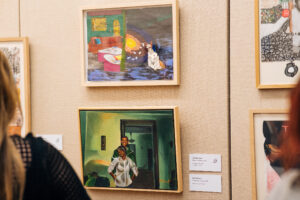
Another piece by the same artist showed a beautiful, happy African American couple locked in tender embrace in their living room. The colors were deep and rich, the room glowing with love; they were just present. Safe. Real. In a space where so much of the work is centered around longing and loss, this image felt like a declaration: we are still here, we still love, and we still find joy. It was a reminder that Blackness is not only a burden, not only a struggle, but also a source of laughter, tenderness, and deep connection. The juxtaposition between this and the pregnant woman filled with history felt intentional. It speaks to the complexity of Black life: joy and pain, inheritance and resistance, love despite everything.
But even in a space where the art stopped me in my tracks, what struck me even more was who else was in the room. As I wandered, I met some of the family members and close friends of the incarcerated artists, and that changed everything.
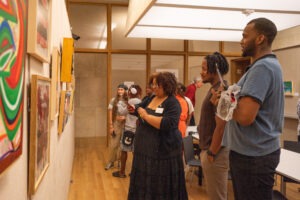
You could feel the pride in the way they stood beside the work, as if they were standing next to their loved ones themselves. It was as if these families were carrying the weight of the stories into the room, walking testimonies that filled the space with laughter, tears, and quiet dignity. Their voices became extensions of the art. They weren’t just explaining brush strokes or color choices; they were introducing us to people. Sons. Brothers. Fathers. Mothers. Sisters. Friends. People they know deeply and love fiercely.
And as they spoke, it became clear that this exhibition wasn’t just about recognition. It was about reclamation. It was about being seen in full. And not just for crimes or time served, but for creativity, for emotion, for the humanity that refuses to die behind walls.
We often talk about second chances. About justice. About healing. But this, this room filled with voices and vision, felt like the kind of radical empathy that doesn’t need a lecture. It just needs to be felt.
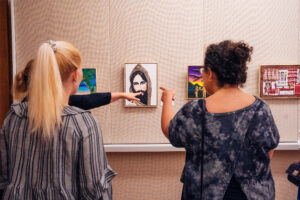
I left the Barnes that day heavy, but hopeful. Where I’m From reminded me that art can be a protest, but it can also be a lifeline. And that for every artist behind the walls, there are people out here keeping their names alive, their stories told, and their spirits visible.
And that matters. More than we know.

